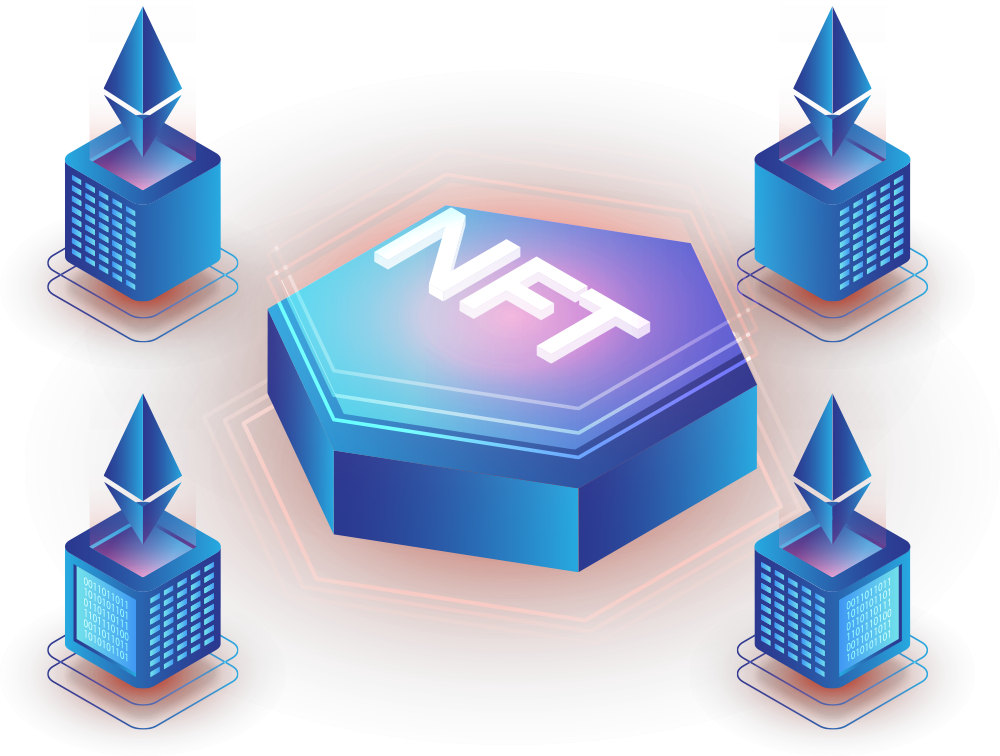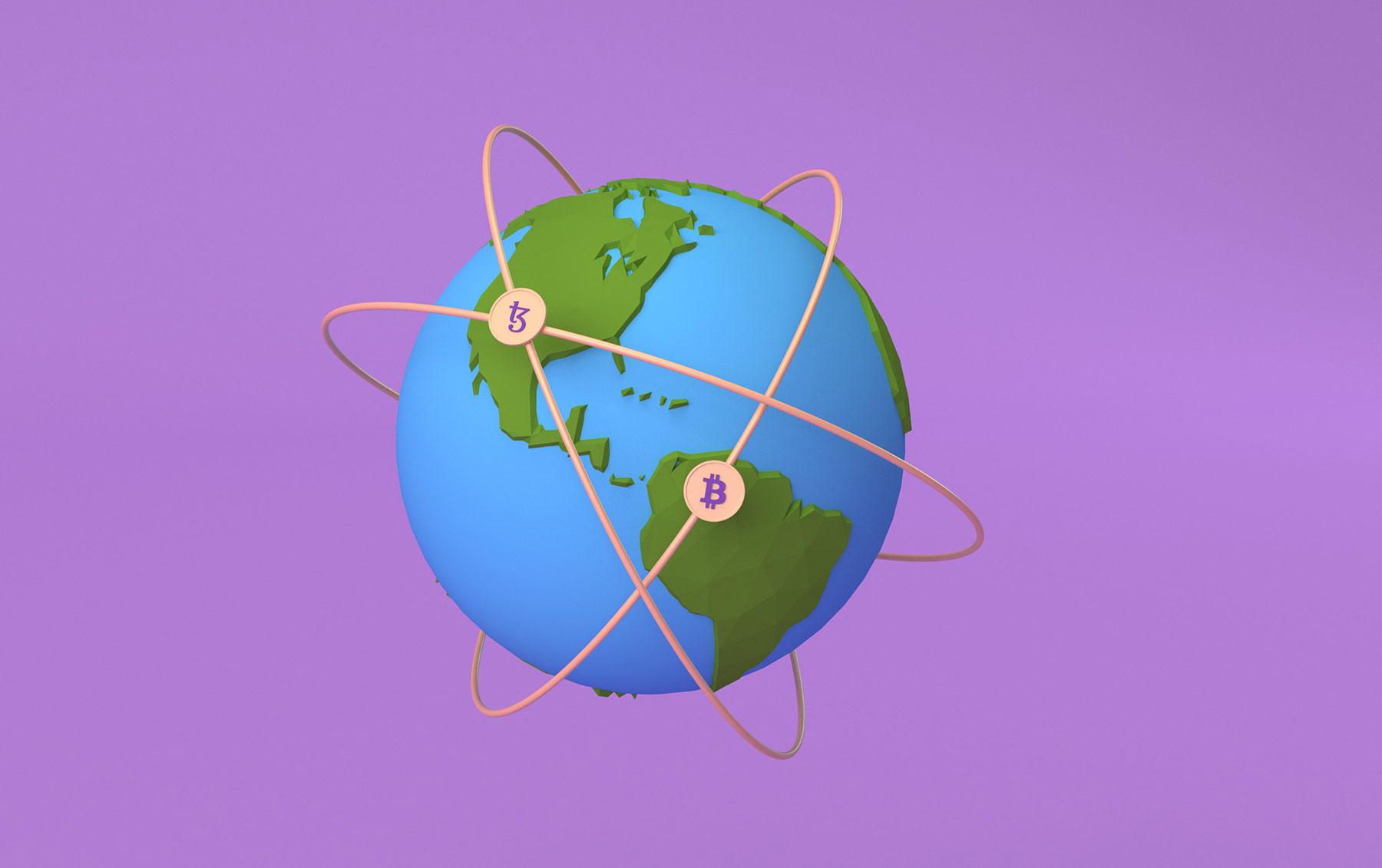To comprehend NFT, you must first comprehend fungibility. Fungibility refers to an object’s or item’s ability to be replaced with another copy of the same, comparable, or different type without losing its value. The finest example of fungible tokens is money. If I have a $100 bill and you have five $20 bills, we can simply trade them without causing anyone any loss or advantage. Non-Fungible objects, on the other hand, cannot be interchanged in this way.
The finest illustration of this is gallery art in a museum. Every work of art is unique and cannot be duplicated.
The Non-Fungible Token (NFT) is a one-of-a-kind digital asset that has been secured by cryptography (the same technology that is used to create cryptocurrencies) and so allows the owner to claim their creation.
It’s basically a digital representation of your digital assets (picture, video, text file, pdf, etc.) whose existence and ownership are verified by a Blockchain ledger known as Blockchain. This is only feasible because the Blockchain ledger is deemed immutable (meaning it cannot be changed or erased without costing billions of dollars and taking years).
NFTs may be made for a number of digital creative forms, including music, artwork, memes, films, and much more. NFTs are being used to safeguard domain names, gaming collectibles, any treasured memory, and much more since they create a sense of belonging and assist establish proof of ownership.
In a nutshell, everything that is one-of-a-kind, valuable, and can be digitally minted qualifies for conversion to NFTs.



